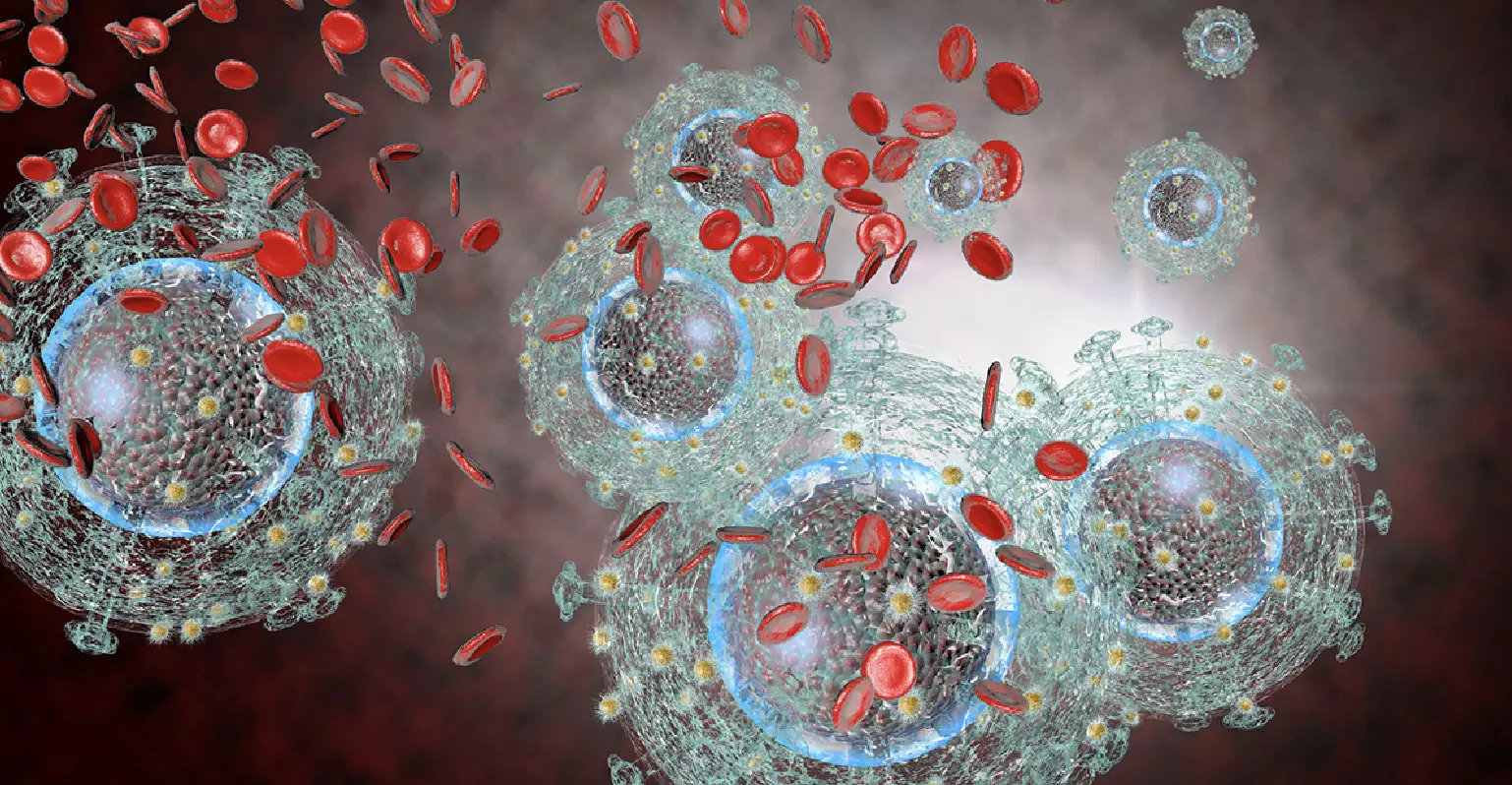Do non viral cancers have better cure rates? Seven notorious oncoviruses and their associated cancer
Recent studies indicate that cancers not linked to viral infections may exhibit superior treatment responses compared to those associated with viruses. Researchers have observed that patients affected by non-viral cancers often experience higher survival rates and show better responses to therapeutic interventions.
image for illustrative purpose

Recent studies indicate that cancers not linked to viral infections may exhibit superior treatment responses compared to those associated with viruses. Researchers have observed that patients affected by non-viral cancers often experience higher survival rates and show better responses to therapeutic interventions. This distinction is critical because viral-related cancers, such as those caused by HPV (human papillomavirus) or hepatitis viruses, can present challenges in treatment strategies. The findings highlight the significance of tailored treatment plans and further investigation into how viral factors influence cancer progression and response to therapies. These insights hold promise for developing more effective treatments and enhancing outcomes for cancer patients.
Cervical cancer, predominantly caused by HPV infection, exemplifies the complexities introduced by viral factors in cancer treatment. HPV, particularly types 16 and 18, is implicated in the majority of cervical cancer cases worldwide. The virus plays a pivotal role in the development of cervical intraepithelial neoplasia (CIN) and subsequent progression to invasive carcinoma. Treatment of HPV-related cervical cancers often involves a multifaceted approach including surgery, radiation, chemotherapy, and increasingly, immunotherapy. Despite advancements, challenges remain due to variations in tumor response and the potential for recurrence linked to viral persistence.
Studies have underscored that cancers not associated with viruses may exhibit distinct biological behaviors and treatment responses. For instance, cancers of the breast, prostate, and colorectal origins, which typically lack viral etiology, often benefit from targeted therapies and precision medicine approaches. These treatments are tailored based on genetic mutations, receptor status, and other biomarkers unique to the tumor. In contrast, viral-related cancers can complicate treatment efficacy due to the virus's influence on cellular mechanisms and immune responses.
The interaction between viral infections and cancer progression involves intricate pathways that influence tumor microenvironments and immune surveillance. Viruses like hepatitis B and C can lead to liver cancer by inducing chronic inflammation and genomic instability. Similarly, Epstein-Barr virus (EBV) is linked to several lymphoid and epithelial malignancies, altering cellular pathways to promote oncogenesis. Understanding these mechanisms is crucial for developing therapies that target viral components while preserving normal cellular functions.
Personalized medicine has emerged as a pivotal strategy in optimizing cancer treatment outcomes. By analyzing individual tumor profiles and patient-specific factors, clinicians can tailor therapies to maximize efficacy and minimize adverse effects. This approach is particularly relevant in viral-related cancers where the presence of the virus may dictate treatment response and disease progression. Integrating genomic sequencing, biomarker analysis, and immunological profiling enables a comprehensive understanding of tumor behavior and informs targeted interventions.
The implications of viral infections in cancer extend beyond treatment efficacy to include prevention strategies and public health initiatives. Vaccination against HPV has demonstrated significant success in reducing the incidence of cervical and other HPV-related cancers. Widening vaccine coverage and implementing screening programs are essential steps in mitigating the impact of viral infections on cancer burden globally. Furthermore, ongoing research into viral oncogenesis and immune evasion mechanisms holds promise for developing next-generation therapies that harness the body's immune system to combat viral-associated malignancies.
Here are seven notable oncoviruses and their associated cancers:
Epstein-Barr Virus (EBV):
Spread through saliva, EBV increases the risk of Burkitt lymphoma, Hodgkin’s and non-Hodgkin’s lymphoma, and stomach cancer. Currently, there's no vaccine available for EBV.
Hepatitis B Virus (HBV):
Transmitted through infected blood, semen, and other fluids, HBV is a major cause of liver cancer. Vaccination against hepatitis B is recommended for all individuals.
Hepatitis C Virus (HCV):
Also spread through infected blood, HCV is another leading cause of liver cancer and can contribute to non-Hodgkin’s lymphoma. Although there's no vaccine, effective treatments exist for HCV.
Human Immunodeficiency Virus (HIV):
While HIV itself doesn't directly cause cancer, it weakens the immune system, making individuals more susceptible to other oncoviruses. HIV-associated cancers include Kaposi sarcoma, lymphomas, cervical cancer, and cancers of the anus, liver, mouth, throat, and lung.
Human Herpes Virus 8 (HHV-8):
Linked to Kaposi sarcoma, especially in immunocompromised individuals such as those with HIV.
Human Papillomavirus (HPV):
Known for causing cervical cancer, HPV also contributes to anal, penile, throat, vaginal, and vulvar cancers. Vaccination is recommended for boys and girls aged 11-12, and available for individuals up to age 26.
Human T-cell Leukemia Virus Type 1 (HTLV-1):
Spread through infected bodily fluids, HTLV-1 is associated with adult T-cell leukemia/lymphoma, though it's rare in the United States.
Understanding how these viruses manipulate cellular processes to induce cancer is complex and ongoing research aims to elucidate these mechanisms. Viruses like HPV and HBV have vaccines available to mitigate cancer risk, highlighting the importance of preventive measures in reducing the burden of viral-associated cancers.

